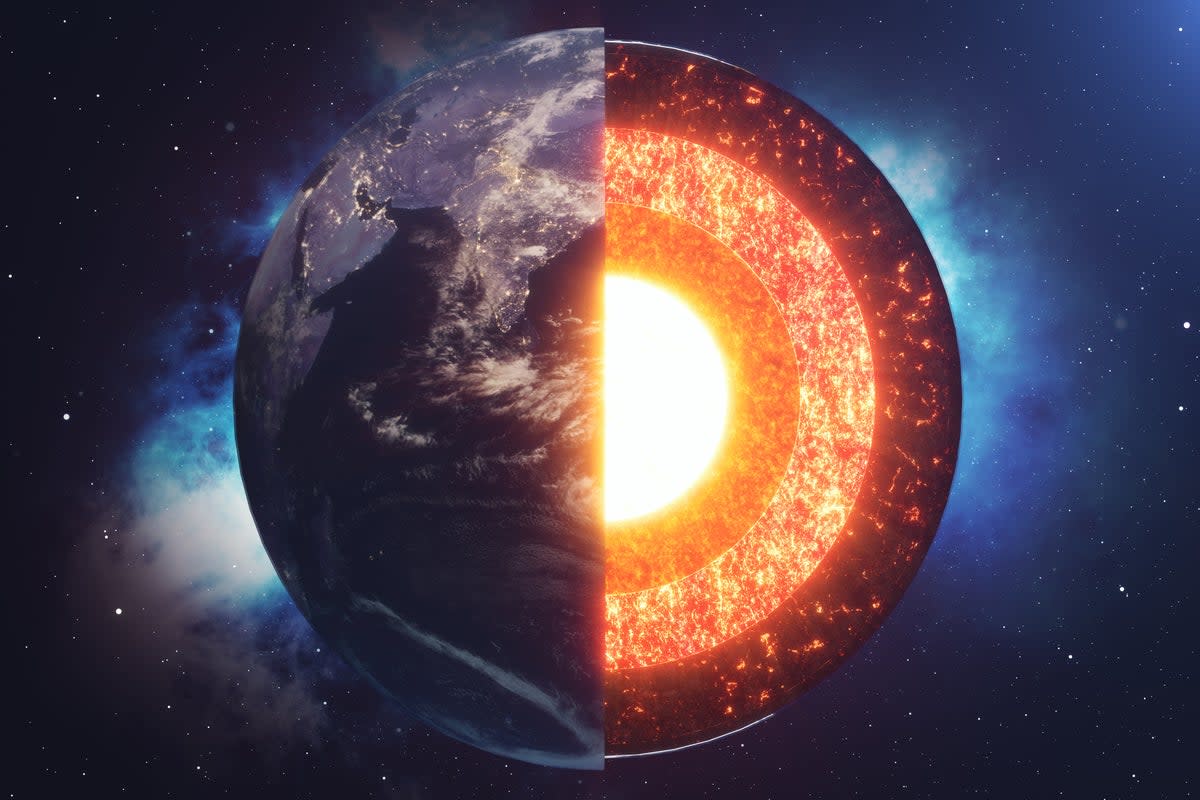There’s new evidence for a sixth ocean deep below Earth’s crust, scientists say

A new study adds evidence to the theory that Earth hosts a sixth ocean miles beneath our feet.
The Atlantic, Pacific, Indian, Arctic, and Antarctic oceans are both familiar and observable, laying in the deepest depressions in the Earth’s crust, the outermost geological layer of our planet.
But a new study published in Nature Geoscience suggests there is a sixth ocean spanning the globe around 400 miles beneath the surface, at a boundary layer between the Earth’s upper and lower mantle. Earth’s crust averages 5 to 25 miles in depth, while the lower and upper mantles span about 2,900 miles, with the lower mantle’s lower surface forming a boundary with Earth’s outer core.
Geologists have been accumulating evidence suggesting a large amount of water exists in the Earth’s mantle, held in porous minerals rather than as a large subterranean body of water as one would expect on the surface. A study published in 2014 in the journal Nature suggested the so-called transition zone between Earth’s upper and lower mantle could hold as much as 1% water by weight based on studying samples of a water holding mineral called ringwoodite found in a diamond mined in Brazil.
In 2017, one of the researchers behind a similar study published in the journal Science told New Scientist that the transition zone could hold as much water as all the surface oceans on the planet.
The new study also examined a diamond, this one mined in Botswana, and found that it likely formed at the roughly 400 miles, or 660 kilometers, depth associated with the transition zone. Studying the ringwoodite found in the diamond, and based on the condition of that mineral, the researchers now believe the watery region extends somewhat below the transition zone and into the planet’s lower mantle.

